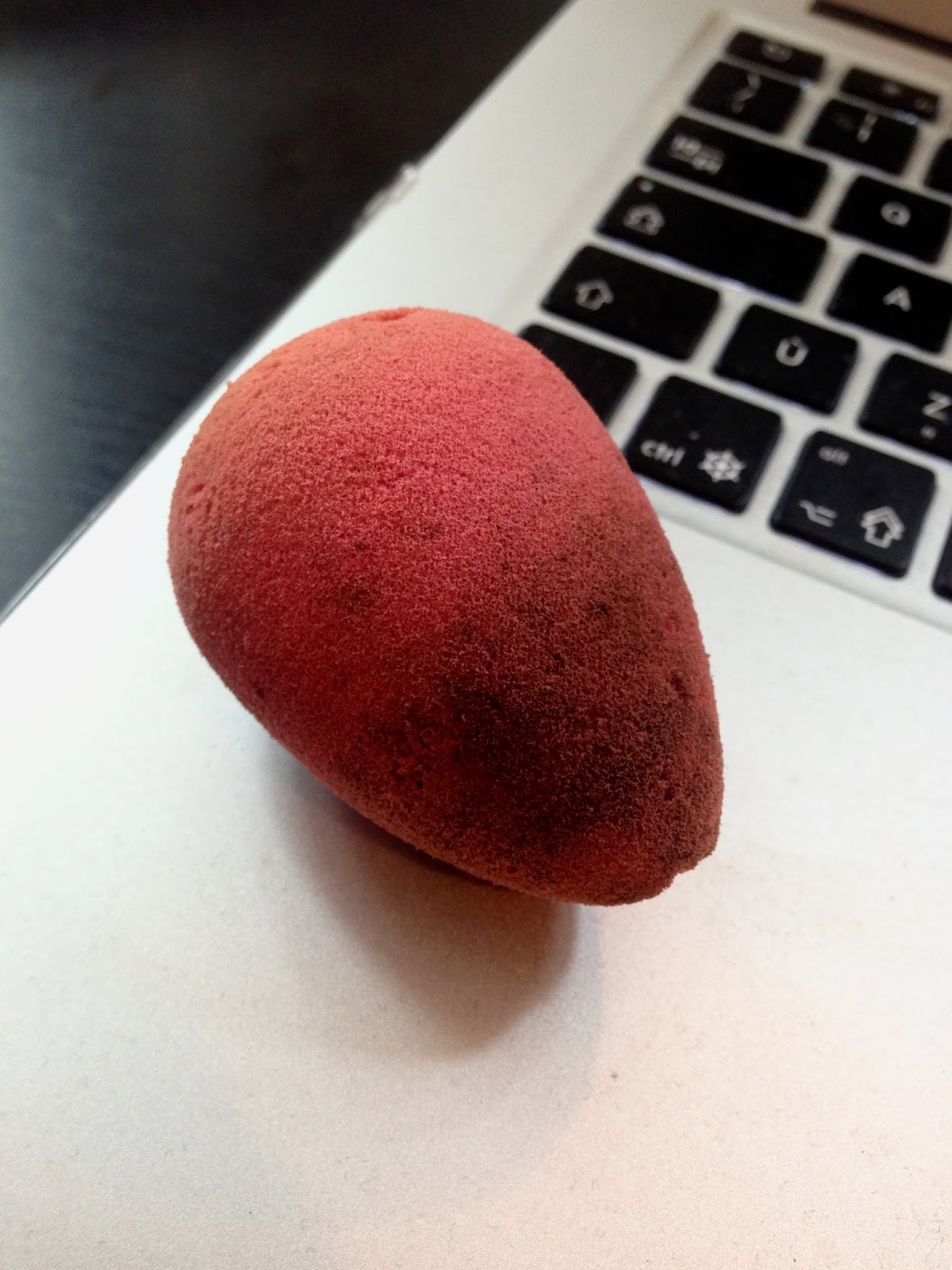The beauty industry is filled with products that promise to enhance our features and boost our confidence, but some of these tools can harbor hidden dangers. One of the most popular tools in makeup application is the beauty blender, a sponge that promises flawless makeup application. However, many users are unaware of the potential health risks associated with a moldy beauty blender. Ignoring the state of your beauty tools can lead to skin irritations and infections, making it vital to understand how to properly care for them. In this article, we will explore the reasons why a moldy beauty blender can be harmful, how to identify the signs of mold, and the best practices for cleaning and maintaining your beauty tools. By knowing how to care for your beauty blender, you can ensure that your makeup application remains safe and effective.
As makeup lovers, we often prioritize the quality of our cosmetics but may overlook the importance of maintaining the tools we use. A moldy beauty blender can harbor bacteria and mold spores that can lead to various skin problems, including breakouts and infections. It's essential to educate ourselves about the signs of a compromised beauty sponge and develop a routine for cleaning and replacing our beauty blenders regularly. This article aims to provide valuable information on how to keep your beauty tools in top shape, ensuring that you always look and feel your best.
Whether you're a makeup novice or a seasoned pro, understanding the risks associated with a moldy beauty blender is critical. This article will cover everything from the biology of mold to practical cleaning tips, ensuring that you have all the information you need to keep your beauty tools safe and effective. So, let's dive in and discover the ins and outs of maintaining a healthy beauty routine!
What is a Beauty Blender and Why is it Popular?
A beauty blender is a versatile makeup sponge designed to apply and blend foundation, concealer, and other cosmetic products seamlessly. Its unique shape allows for easy application in hard-to-reach areas, such as under the eyes and around the nose. The popularity of beauty blenders stems from their ability to create a flawless finish while being easy to use. However, like any other makeup tool, they require proper care to maintain their effectiveness and safety.
What Causes a Beauty Blender to Become Moldy?
Several factors can contribute to a moldy beauty blender, including:
- Moisture: Beauty blenders are often damp when used, providing an ideal environment for mold growth if not properly dried.
- Temperature: Storing your beauty blender in a warm and humid environment can accelerate mold growth.
- Improper cleaning: Failing to clean your beauty blender regularly can lead to the accumulation of bacteria and mold.
- Expiration: Over time, beauty blenders can degrade, making them more susceptible to mold and bacteria.
How Can You Identify a Moldy Beauty Blender?
Recognizing the signs of a moldy beauty blender is crucial for maintaining skin health. Here are some indicators to watch for:
- Visible mold or discoloration: Dark spots or fuzzy growths on your beauty sponge are clear signs of mold.
- Unpleasant odor: A musty or sour smell emanating from your beauty blender can indicate mold growth.
- Texture changes: If your beauty blender feels slimy or overly hard, it may be time to replace it.
- Skin reactions: If you notice increased breakouts or irritation after using your beauty blender, it might be contaminated.
What Are the Risks of Using a Moldy Beauty Blender?
Using a moldy beauty blender can pose several health risks, including:
- Skin infections: Mold can introduce harmful bacteria to your skin, leading to infections and breakouts.
- Allergic reactions: Some individuals may be allergic to mold, resulting in rashes and irritation.
- Compromised makeup application: A moldy beauty blender may not perform as well, leading to uneven application and less effective coverage.
How to Clean Your Beauty Blender Properly?
Cleaning your beauty blender is essential for preventing mold growth. Follow these steps to keep your sponge in pristine condition:
- Rinse the sponge under warm water to remove excess makeup.
- Apply a gentle soap or cleanser specifically designed for beauty tools.
- Gently massage the soap into the sponge, ensuring it reaches all the nooks and crannies.
- Rinse thoroughly until the water runs clear.
- Allow the sponge to air dry completely before storing it.
When Should You Replace Your Beauty Blender?
Even with proper care, beauty blenders have a limited lifespan. It's generally recommended to replace your beauty blender every 3-6 months, but you should consider replacing it sooner if:
- You notice signs of mold or discoloration.
- The sponge has developed an unpleasant odor.
- The texture has changed significantly.
- You experience skin irritations or breakouts after use.
Conclusion: Keeping Your Beauty Routine Safe
In conclusion, a moldy beauty blender can be a hidden danger in your makeup routine. By understanding the risks and taking proactive steps to maintain your beauty tools, you can ensure that your makeup application remains safe and effective. Regular cleaning, proper storage, and timely replacement are key practices to keep your beauty blender in top shape. Remember, healthy skin is essential for a flawless makeup look, so prioritize the care of your beauty tools!


